Change of Plans: Heading Home On Monday, August 6, we took the late afternoon MV Fundy Rose Ferry from Digby, Nova Scotia over to Saint John, New Brunswick. The cruise took about two and a half hours and was a smooth ride. We were able to have dinner on board, so when we checked into The Delta Brunswick for the night we did not have to go back out for food. We had a good night and were looking forward to an exciting day, seeing more of the Bay of Fundy.
Tuesday morning, before I had even started my breakfast in the dining room, while going for coffee, I passed out and fell, hitting my head. No one seemed to have seen it happen but they all heard the heavy thunk sound. I am told there were people there immediately to check on me, and Paul was trying to arouse me. He said it took about two minutes for me to come to. By then, the paramedics had been called and people were handing me my glasses and earrings, which had come off somehow in the fall. An ambulance with paramedics quickly arrived and they took me on a stretcher to the room next door to get an EKG reading and to consult. It was decided that I really should be seen at the hospital. So off we went, leaving everyone, and our breakfasts behind. That was the end of our trip, as it turned out. By 1:00 that afternoon the group left for St. Andrews and we were left behind. At the hospital emergency trauma center I was given a CAT scan, a chest X-ray, and blood work. Several doctors came by to see me, but they were all waiting for the cardiologist to show up. Eventually, Dr. Peter Fong came. We had a long discussion about my relevant health history and the options available for making a decision as to what to do next. We were already off the trip so it was a choice of staying there for more tests/observation or going home to see my own doctor(s). Together we concluded that I was OK to go home. There was no concussion or head bleeding from the fall. In the mean time, we had been in contact with our guide, Anne, who provided us with all the contact information for Grand Circle Travel and the Travel Insurance company. Arrangements were made for us to stay at the hotel another night and they started working on booking our return flights. The insurance company faxed all the forms, which the doctor filled out before we left. It was almost 5:00 before we took a taxi back to the hotel and we ate dinner in the mall that was connected to our hotel. It just gets better! Wednesday morning we checked out and headed for the airport about 11:00 in the taxi they had ordered for us. When we went to check in for the flight, the clerk could not find us on her computer. Then she noticed that we were actually booked to fly out of St. John’s, Newfoundland. But we were actually in Saint John, New Brunswick. This is a case where spelling matters. So, we called the GCT guy back, explaining the situation. He got back to us with two options. Fly today going to Toronto then Denver, then Portland, getting in about midnight OR, go back to the hotel and fly out tomorrow to Toronto then direct to Portland. Since we were already at the airport, we chose the first option. Flights were booked and we got on the flight to Toronto. Now, there had been thunder storms going through Toronto the day before and again this day and our flight was 40 minutes late getting into Toronto. We had ordered a wheelchair for me so I wouldn’t have to walk the long distances, and we were met and escorted to where people flying into the US directly get to go through Immigration and Customs. That went smoothly because we have Global Entry passes. By this time, Paul had noticed that the flight to Denver was so delayed that we would probably miss the connecting flight to Portland. Hmmm. Since we were flying business class we headed for the Air Canada lounge where a nice lady gave me a phone number to call to see if we could get onto the Portland direct flight which was itself delayed by weather. I did, and that lady was able to get us on it. We went to the concierge to get the boarding passes printed and this gal asked if we had been told that we were “stand by.” Nope, we hadn’t. We were to come back in about a half hour to see if we had seats. This was time to grab a bite to eat and check back in. We actually had been given the business class seats. Yippee! But, the boarding gate was quite a distance and it would be boarding shortly. Again, the concierge knocked herself out, got the wheelchair driver for me and we headed out. Along the way I was passed off to a cart driver who whizzed right along. We actually made it to the gate with about ten minutes to spare. Paul asked about the luggage, since we had checked it through Denver to Portland. They had already rerouted it-they said. Amazing. But wait, there is more. As the plane was almost loaded and we were sitting in our seats, it started to rain. Now this wasn’t a little drizzle, it was a downpour. Then came a thunder clap, actually there were a number of them, and they kept getting closer. This stopped all boarding because the gangway people had to go inside. Eventually the storm blew over, the sun came out, and they finished loading the plane. We pulled away from the gate at 6:47 Eastern Daylight Time. This was about a half hour later than the already delayed time. We arrived home safely but our bags are coming via Denver and should arrive on Thursday evening. I was able to get appointments with my primary care doctor and my cardiologist, so I will be well taken care of. Hopefully we will be heading out on another trip someplace, and continue to share our experiences. Thanks for reading and sending your comments. Grace and Paul
3 Comments
Halifax, Nova Scotia to Saint John, New Brunswick: Acadians and the Bay of Fundy Monday, August 6, we departed the Atlantica Hotel, Halifax, Nova Scotia at 8:30, heading for Saint John, New Brunswick.
Our first stop was at the Grand-Pré National Historical Site, which is an interpretive center and a UNESCO World Heritage Site. It features the Acadian people who settled in the Minas Basin shore, which is a tidal marshland called Acadie. The Acadians were French Catholics from the western part of central France. They first came to this new land in the early 1630s. They lived there peacefully until 1755 and the beginning of the Seven Years War between the French and the British. The Acadians would not pledge allegiance to either side so the British attacked them and then deported the survivors. They were sent to the British Colonies from Massachusetts south to Georgia. Some were sent to England and some even back to France. Eventually a number ended up in Louisiana and today are known a Cajuns. The movie we watched at the center helped us understand the significance of this huge deportation. Afterward we had time to walk around the grounds and visit a small memorial church with a beautiful stained glass window. Evangeline: A Tale of Acadie, by Henry Wadsworth Longfellow, (1847) represents the deportation and the resiliency of the Acadian people. After a short stop in Wolfville for lunch, and a quick look at a muddy area which fills when the tide is in on the Bay of Fundy, we continued on. We made a short stop at the Annapolis Tidal Generating Station. This is at a dam where water coming into this arm of the Bay of Fundy, is trapped and held in, then let out, depending on the water level. Letting the water in and out through a turbine that drives a generator, all driven by the fluctuating tide, produces some electricity. We learned a lot about why using this tidal action is difficult. The first generators used were torn apart because of the strength of the tides. Since this is the only place in the world where the tides fluctuate 70 feet every 12 hours and 25 minutes, there isn’t a call for companies to make the kind of turbines and generators needed. So few are made and they are expensive. It was interesting, and we also watched some chick ospreys on a pole right outside the building. We arrived in Digby on the north coast of Nova Scotia in time to board the bus onto the ferry MV Fundy Rose at 5:30 for the two and a half hour crossing over to Saint John, New Brunswick. We were able to get dinner aboard while watching for whales. Didn’t see any. On arrival at The Delta Brunswick hotel we checked in and had a good night sleep. The next morning we were to depart for Saint Andrews after a walking tour of the area in Saint John. More about that in the next post. Grace and Paul What Makes Extra Virgin Olive Oil?
Where do they get all that marble?
Interesting Transfer Day
Parma, Italy
Bologna to Parma, Italy
Exploring the city
Travelogue Show at Camera Club
|
Author
Grace and Paul Pitzer are retired school teachers who love to travel and share their stories and photos with others. Archives
October 2019
Categories |
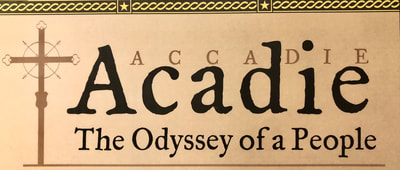
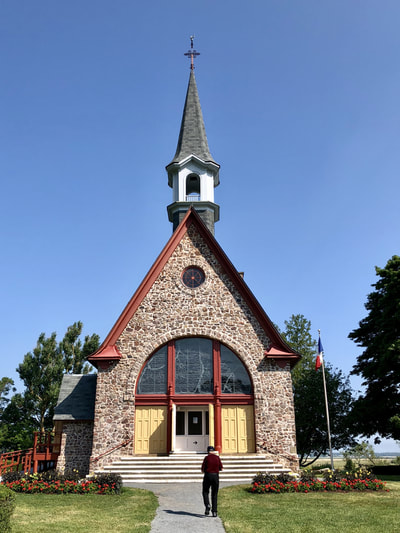
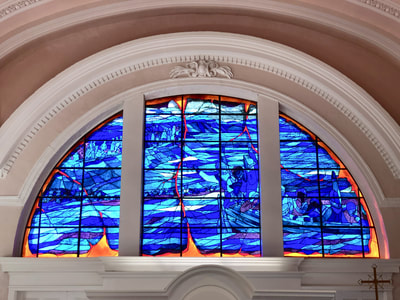
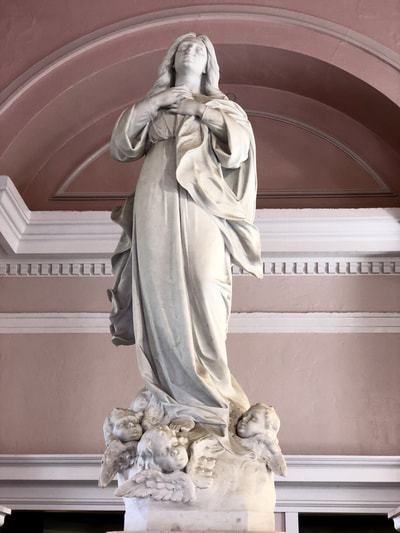
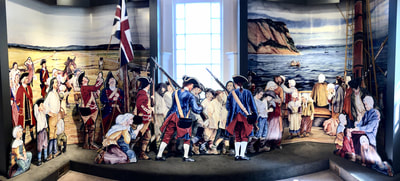
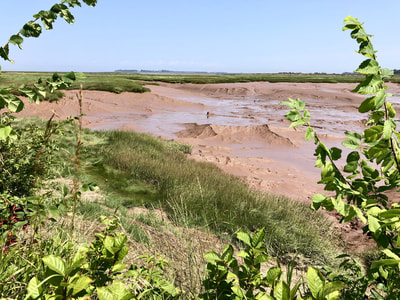
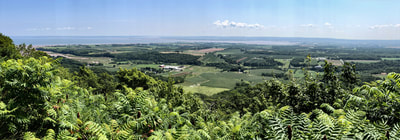
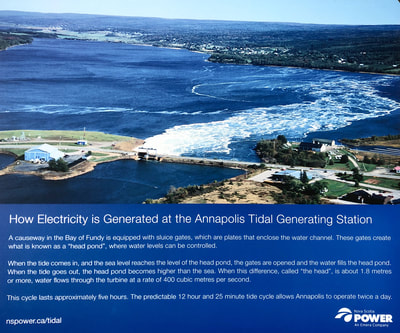
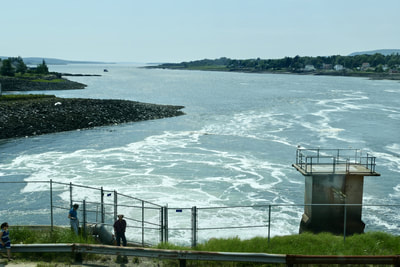
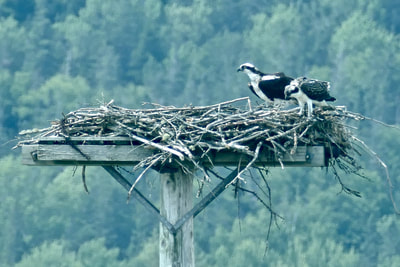
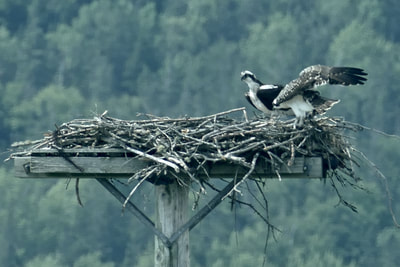
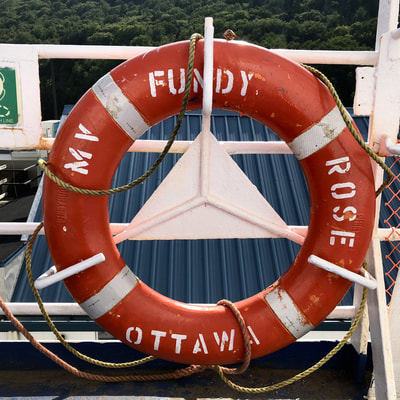
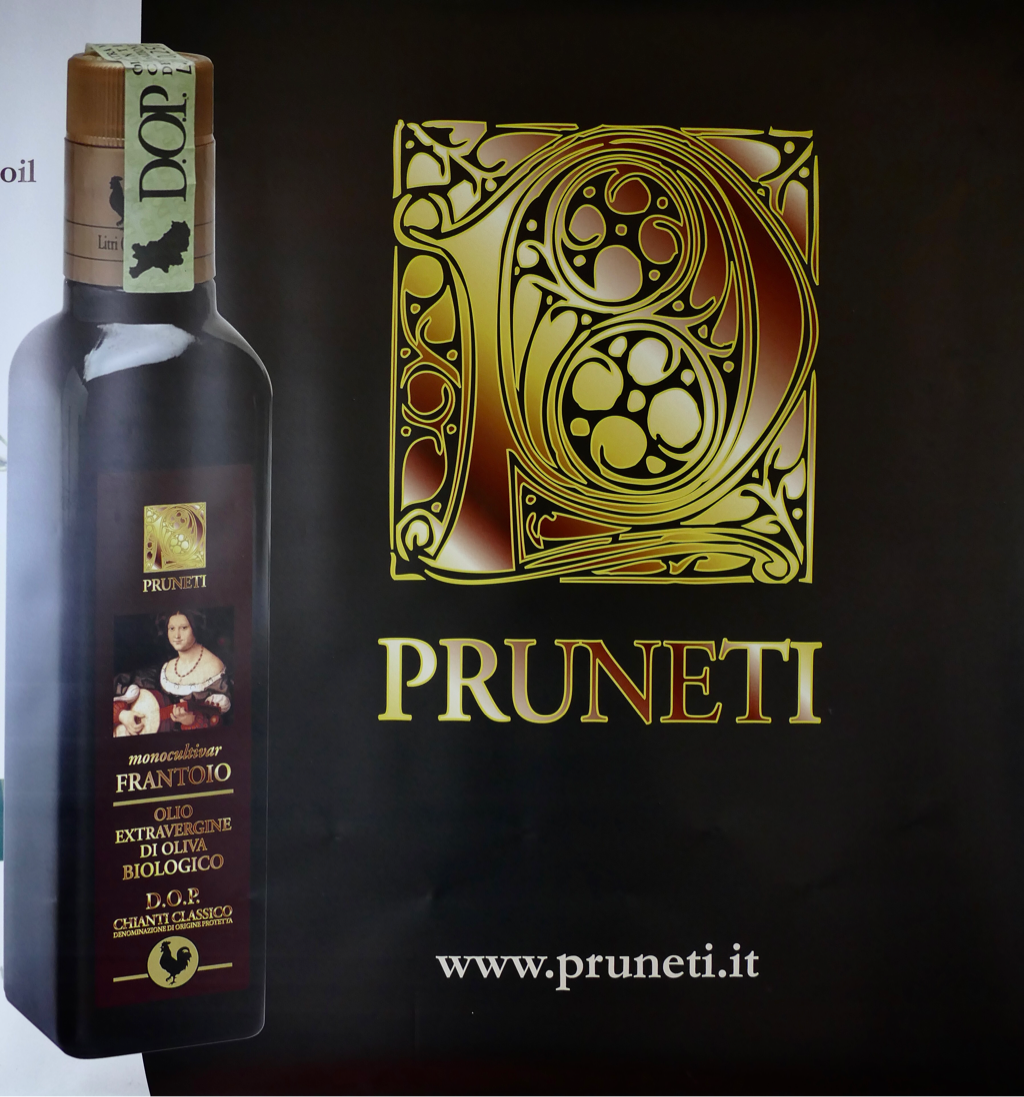
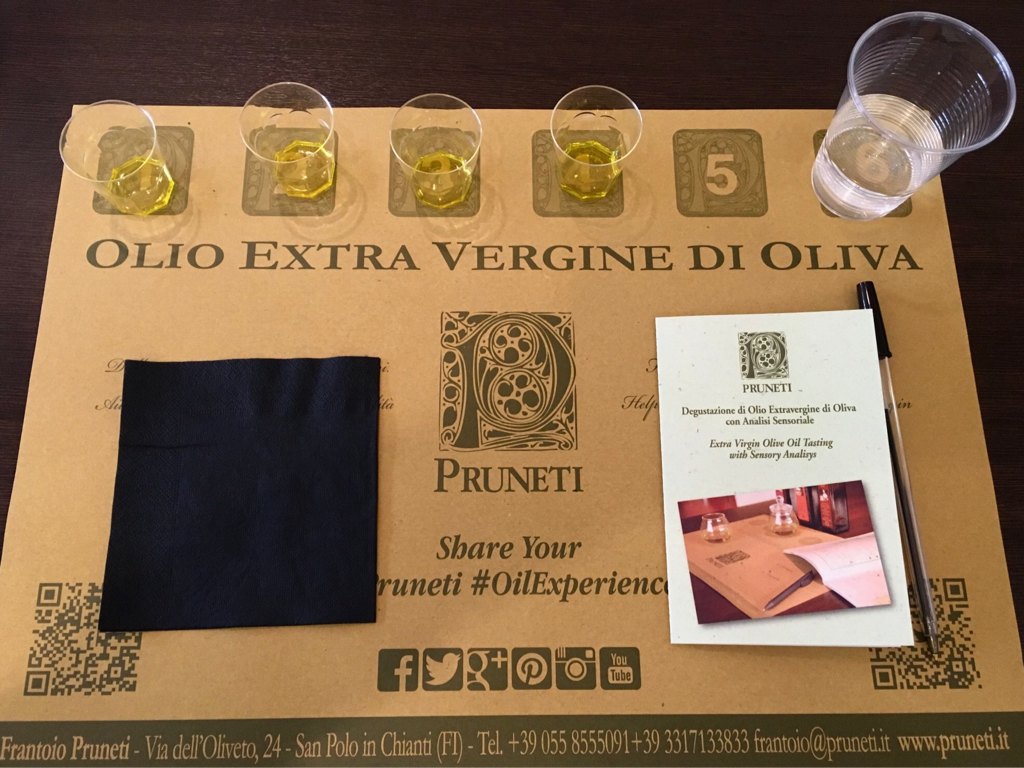
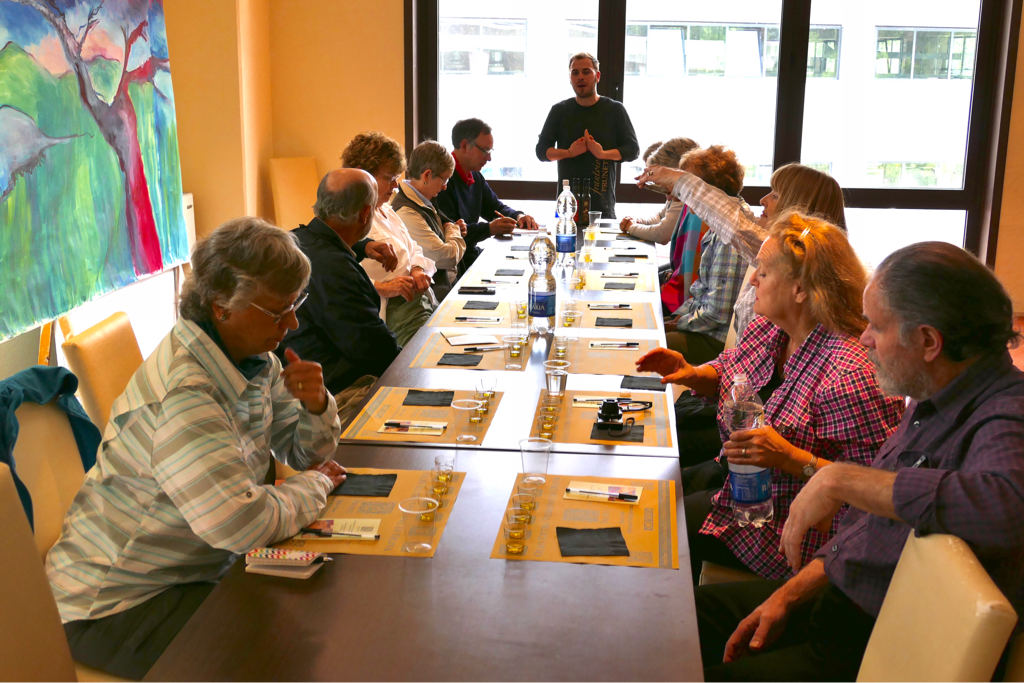
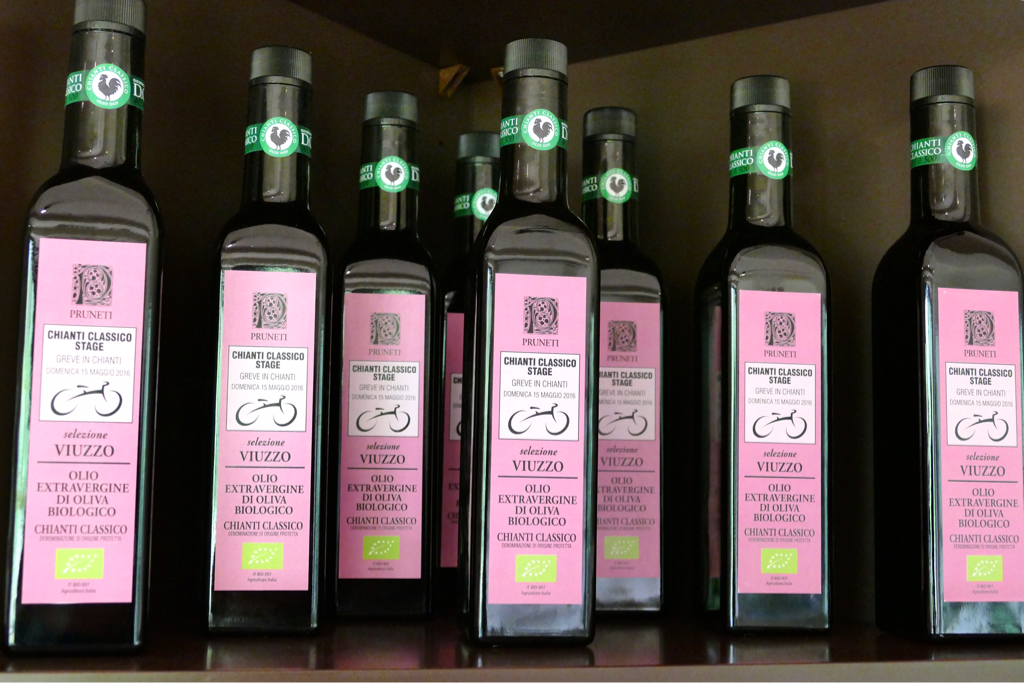
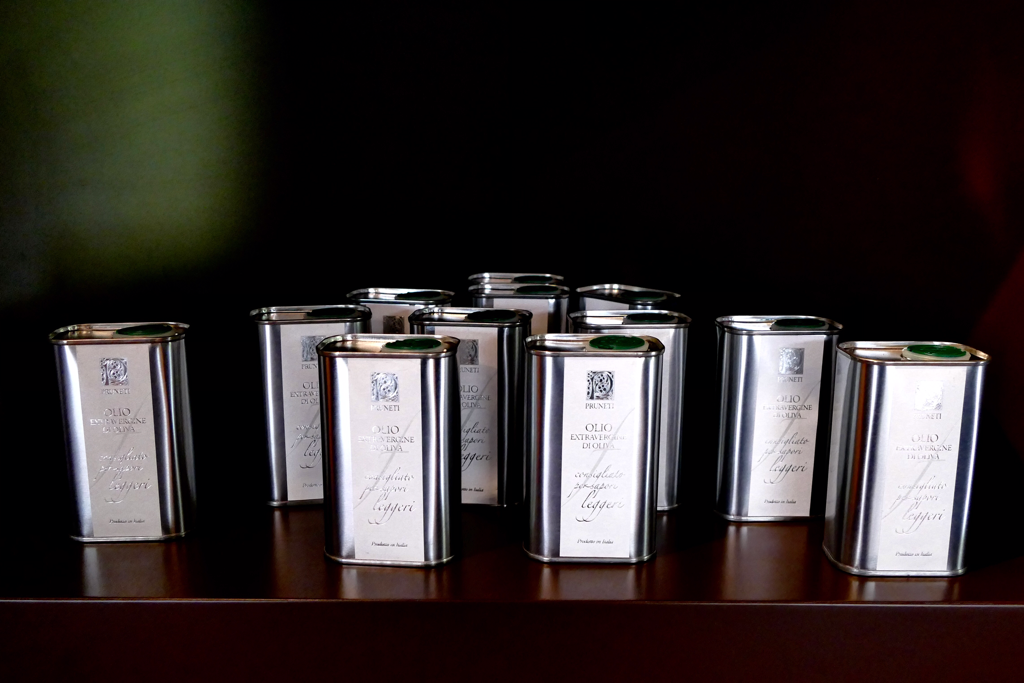
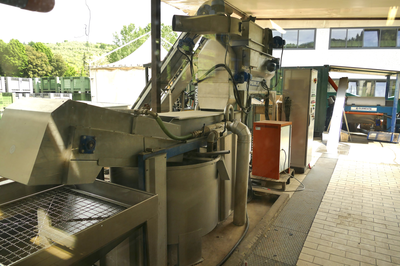
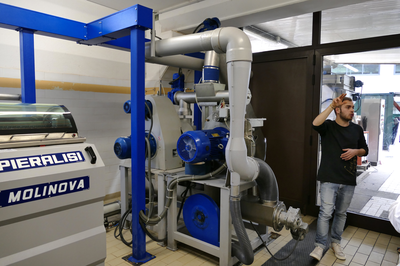
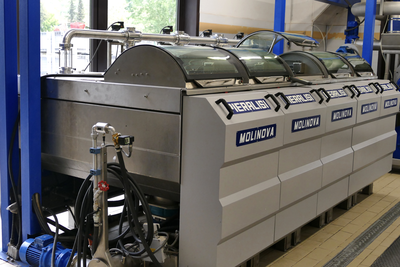
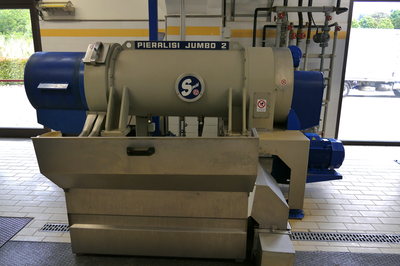
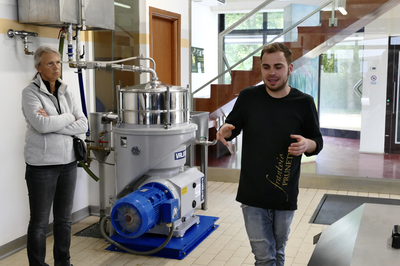
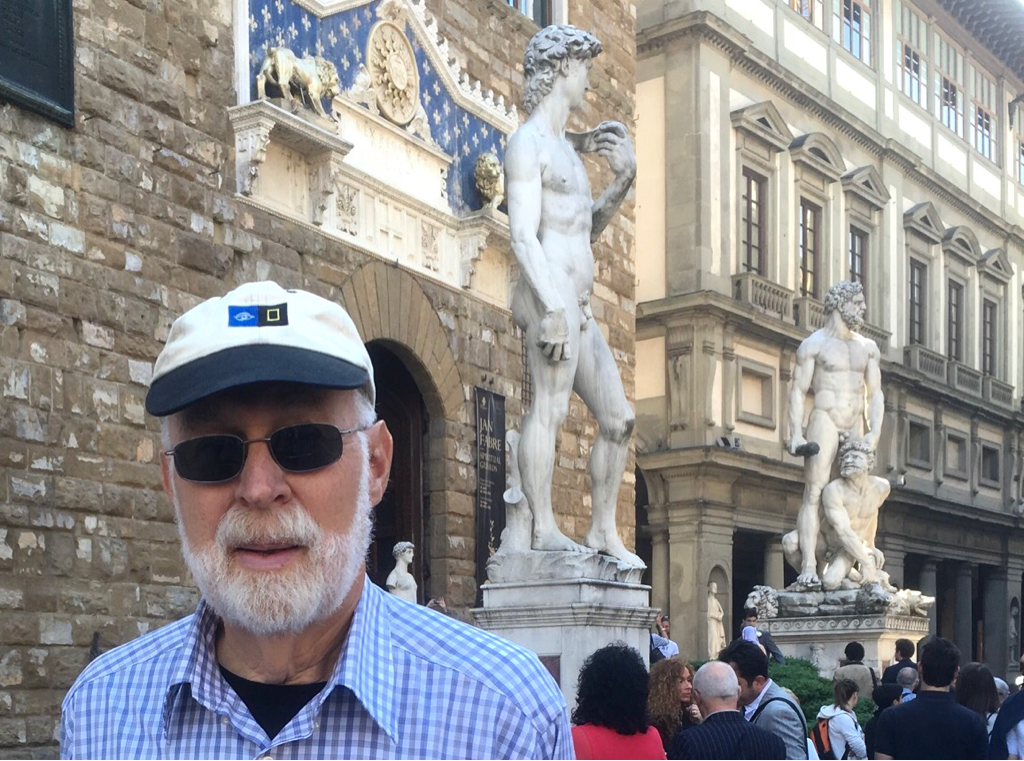
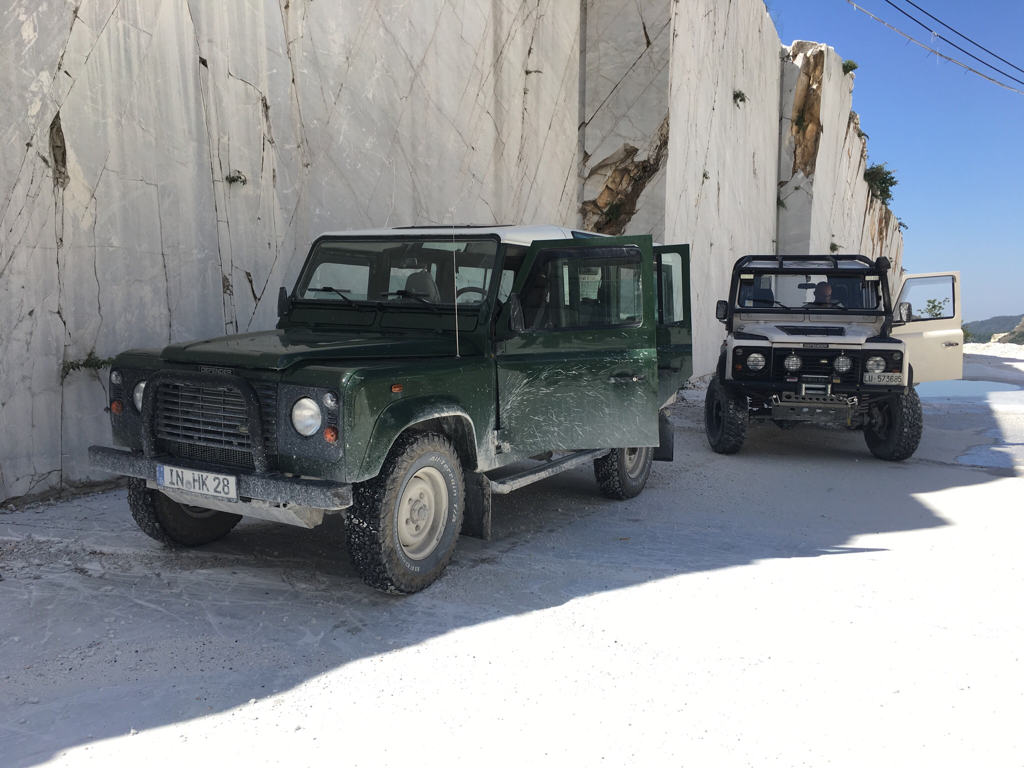
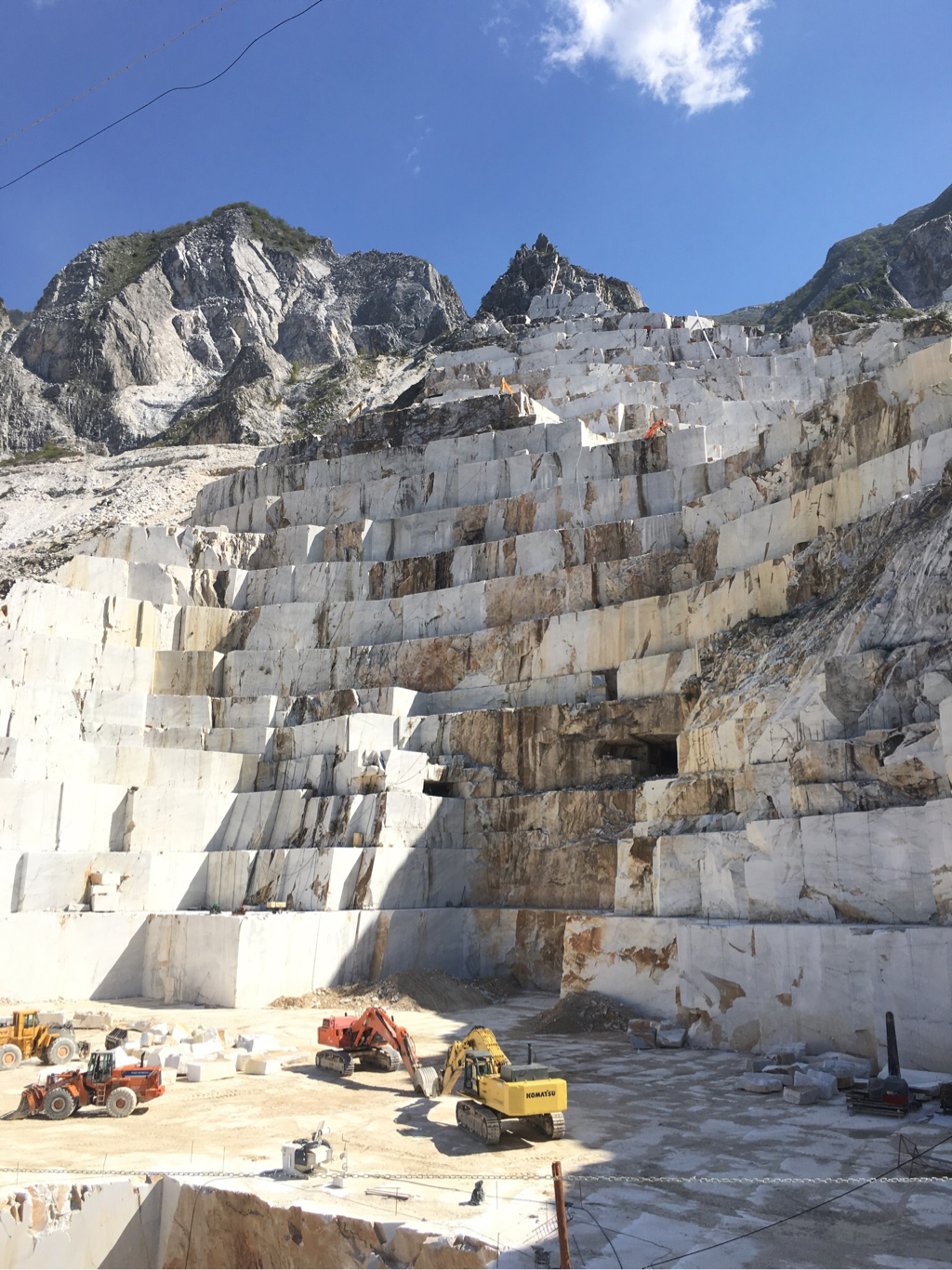
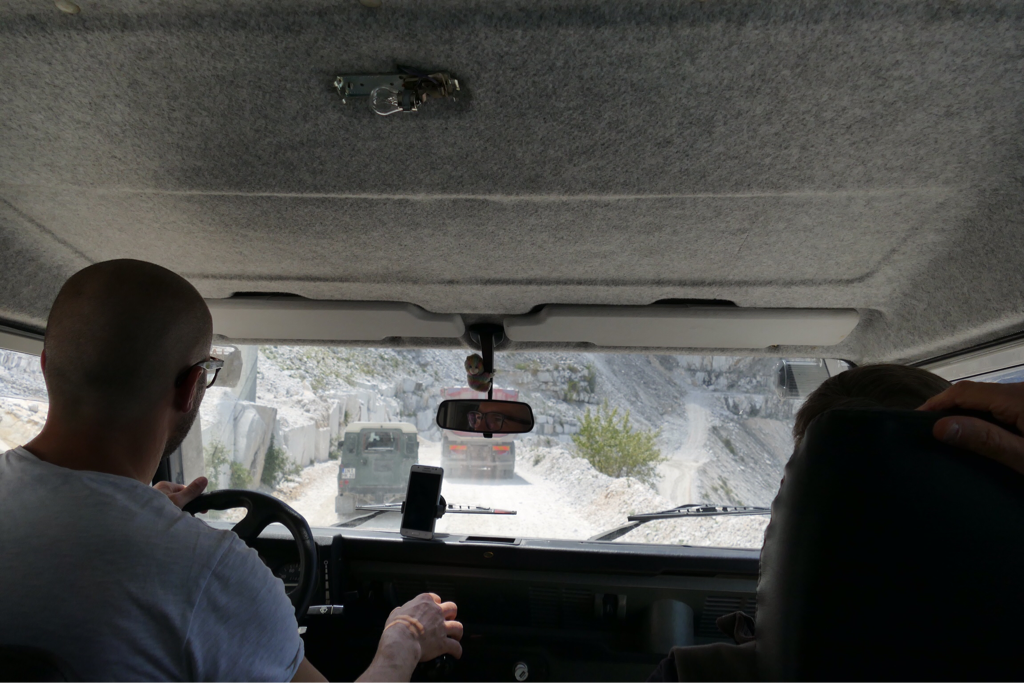
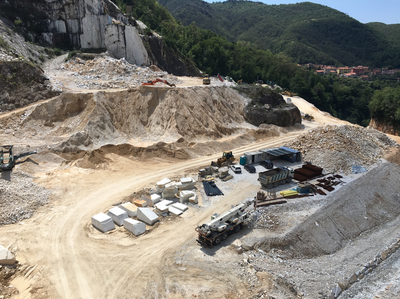
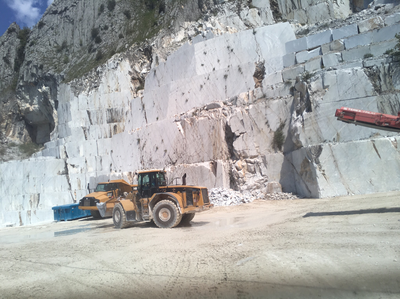
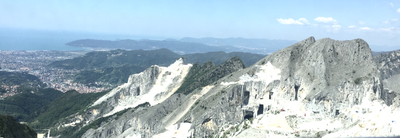
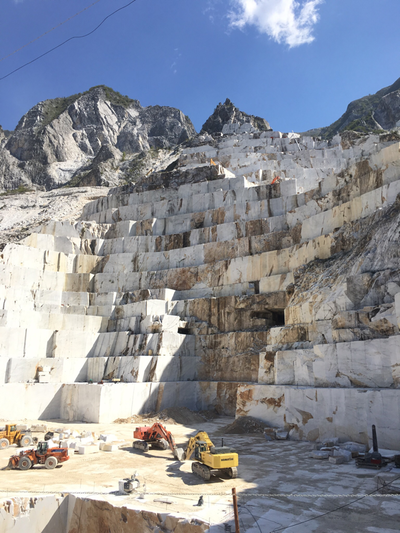
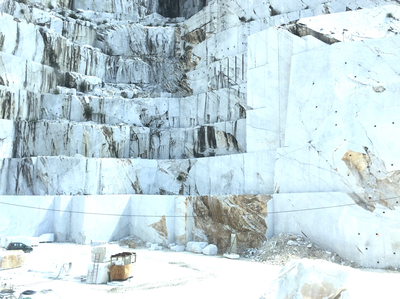
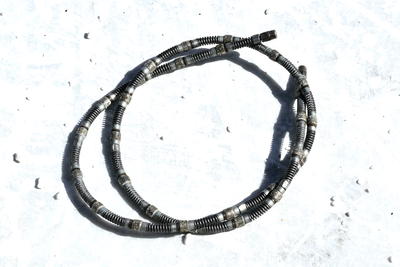
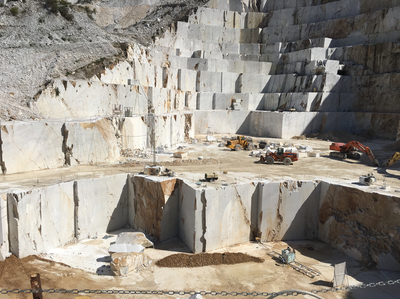
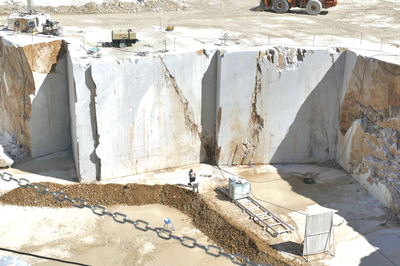
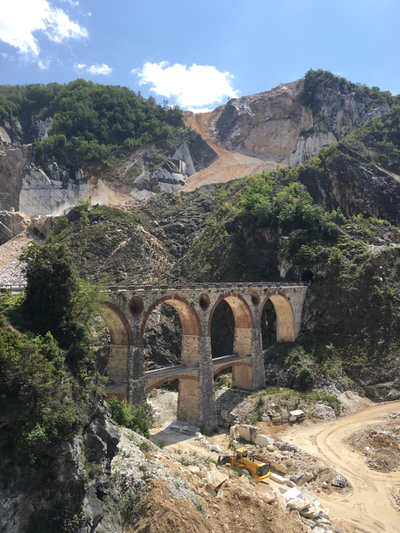
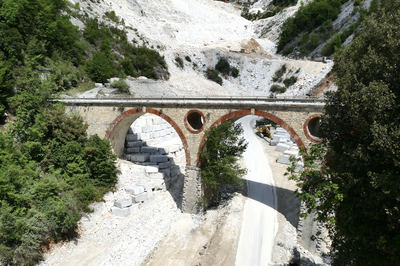
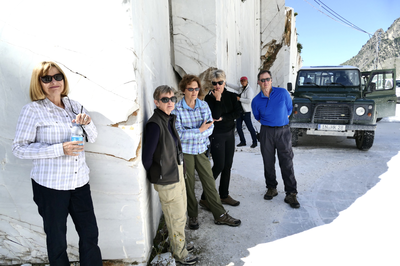
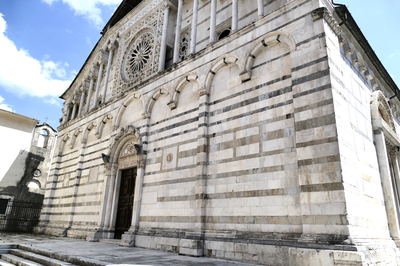
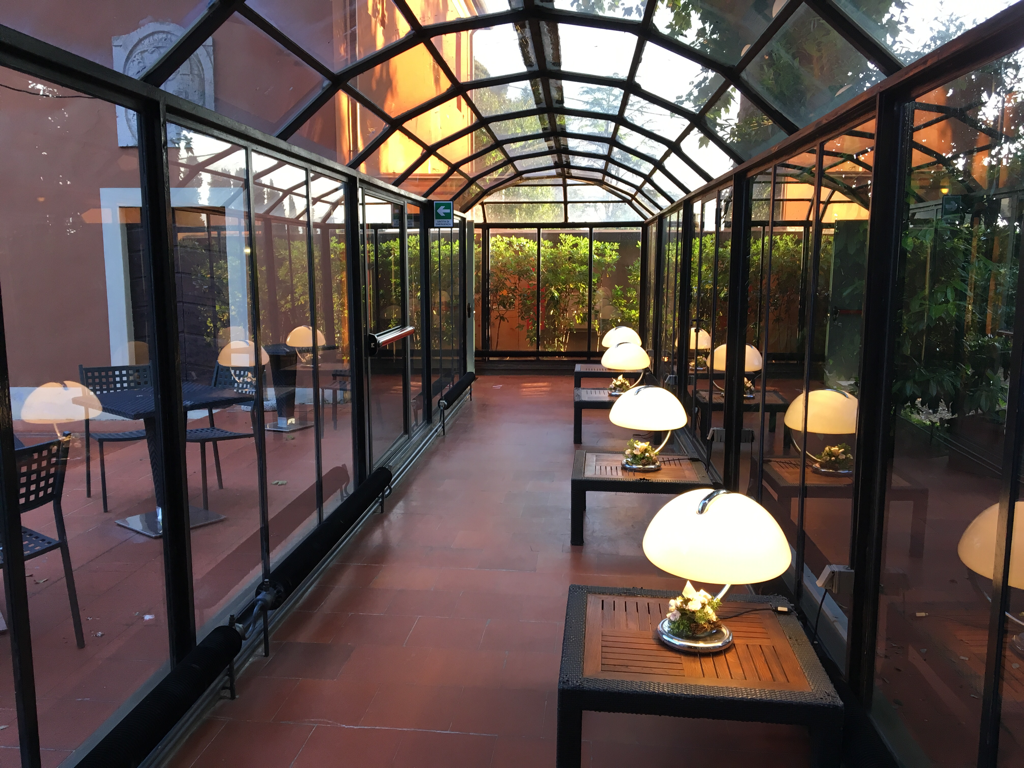

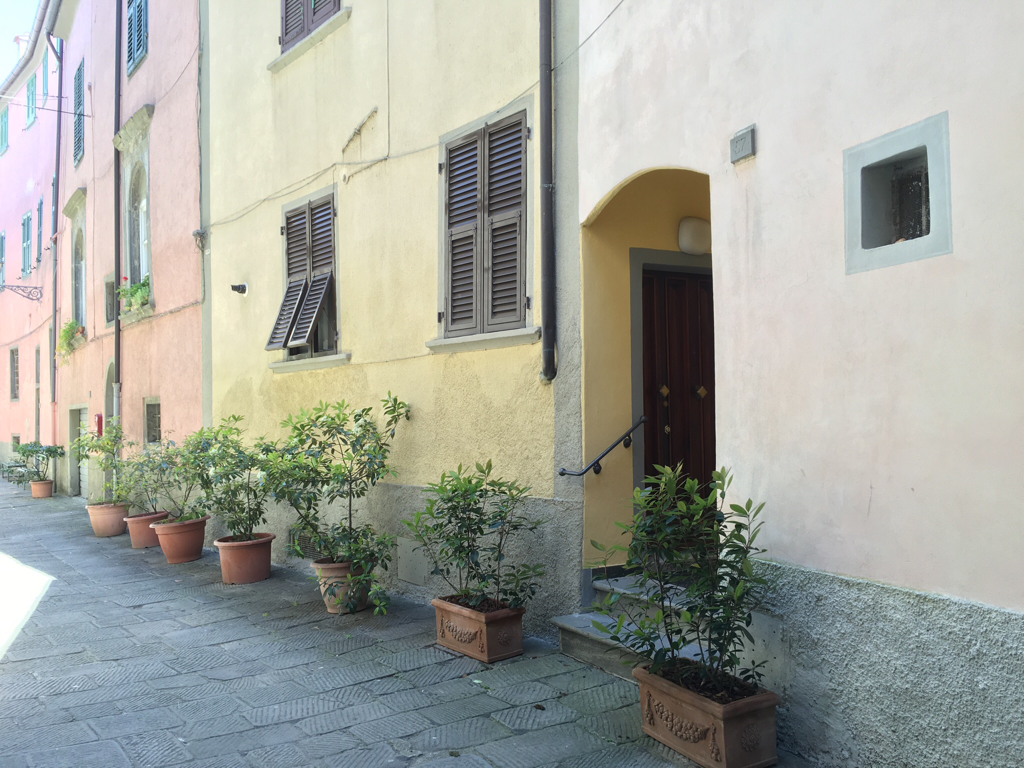
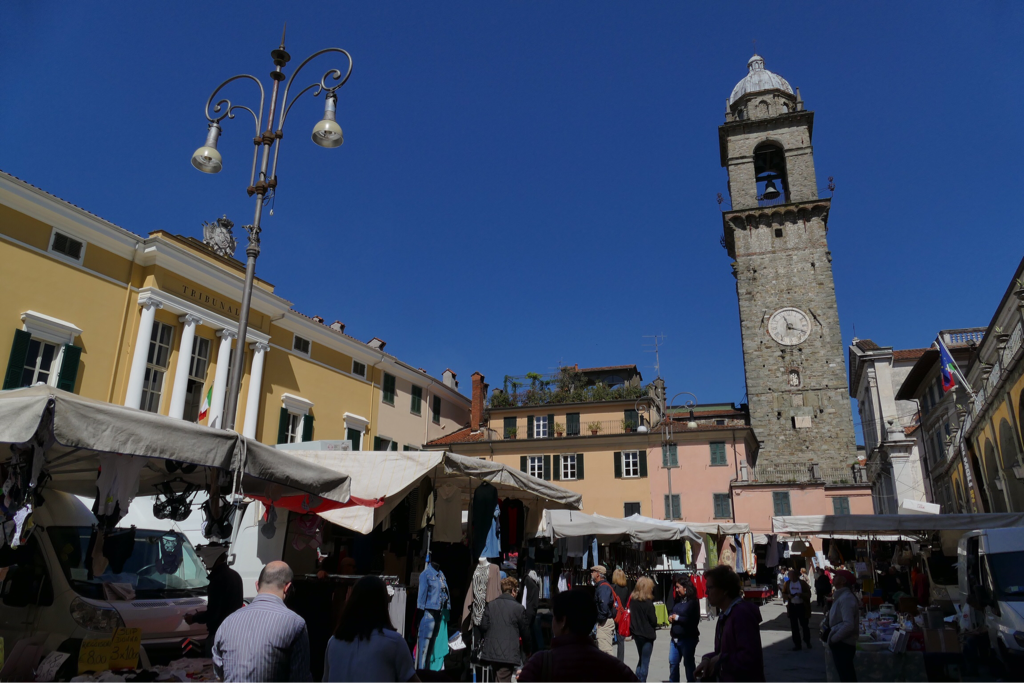
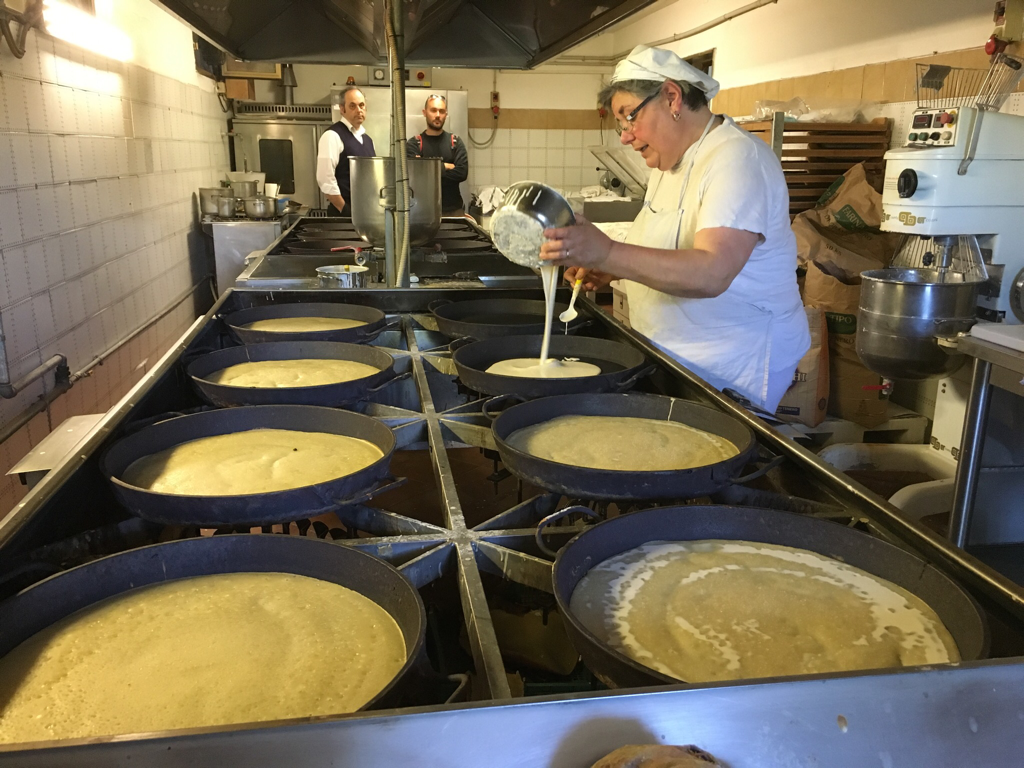
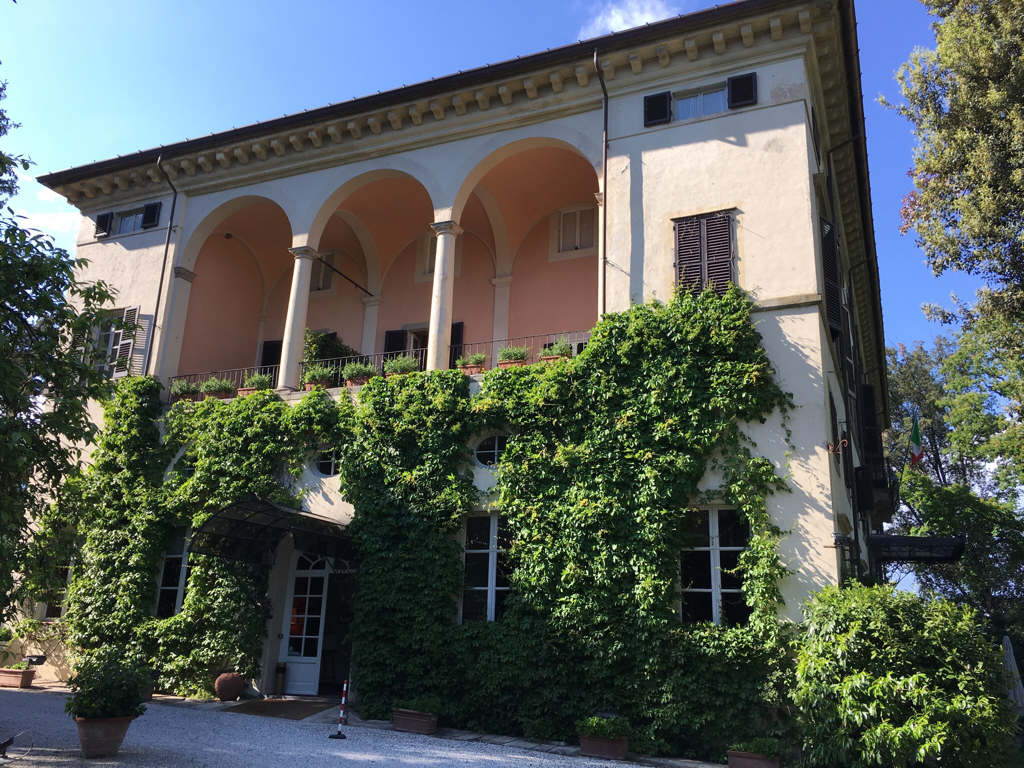
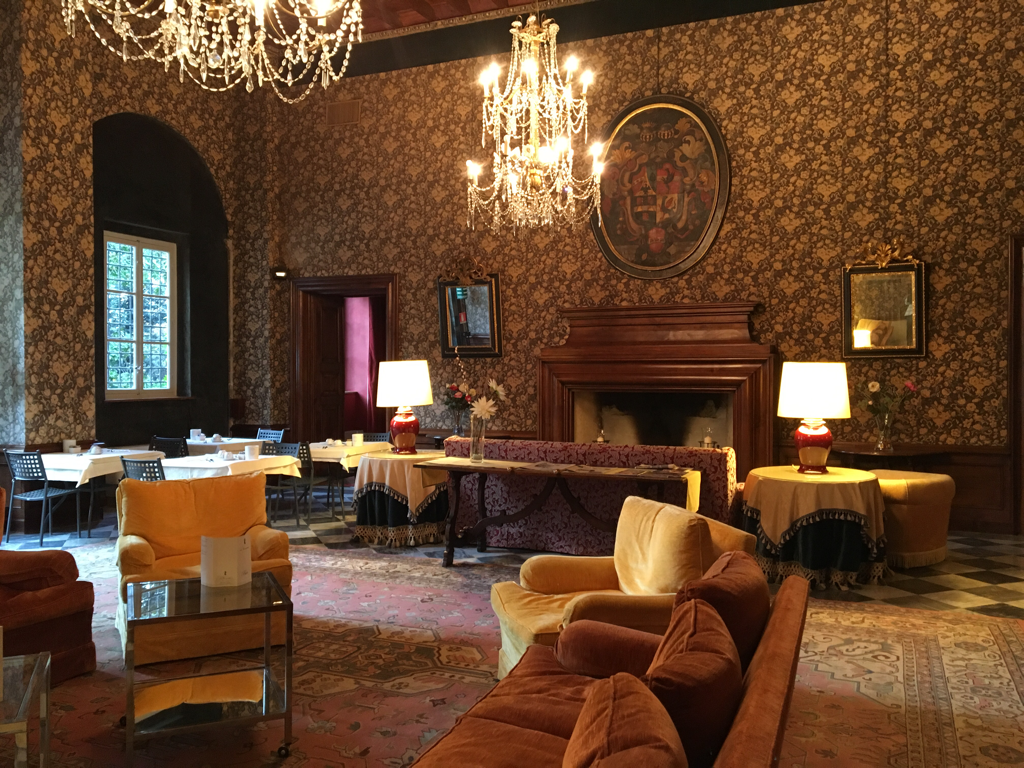
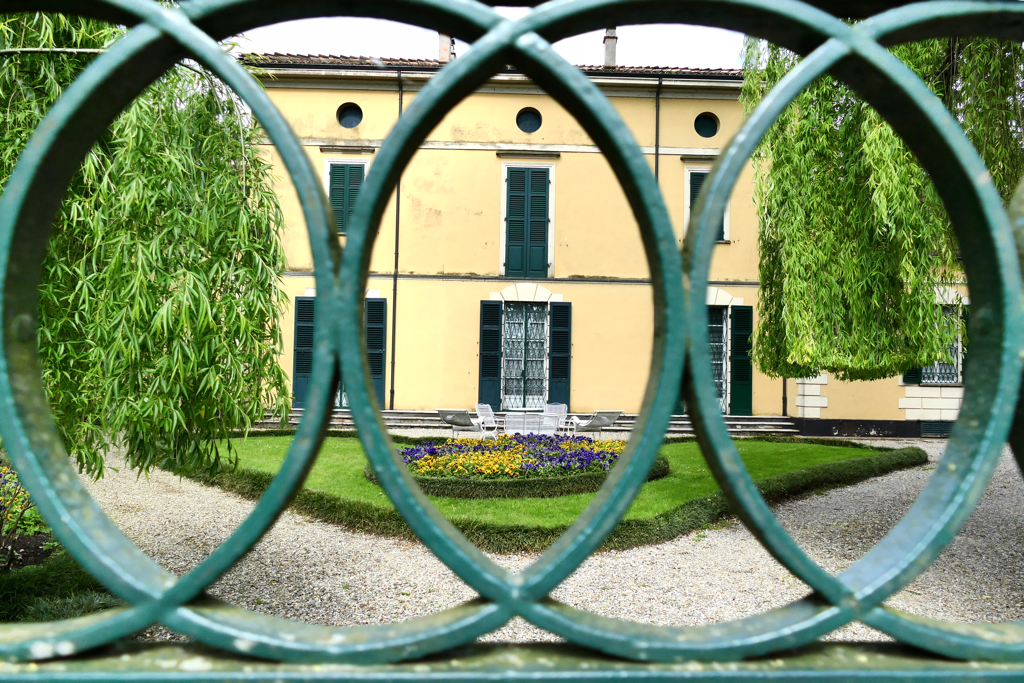
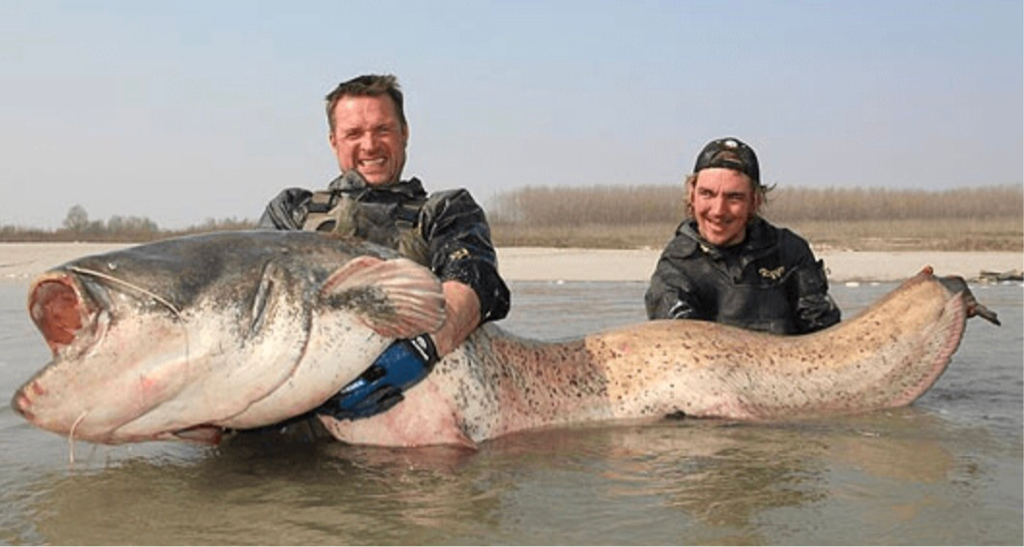
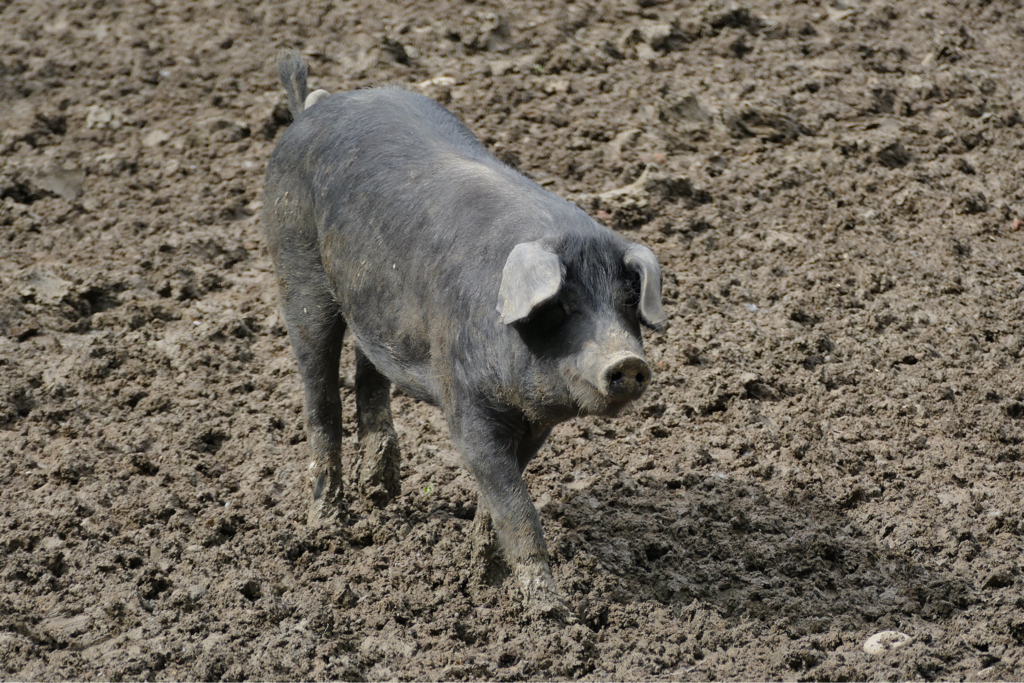
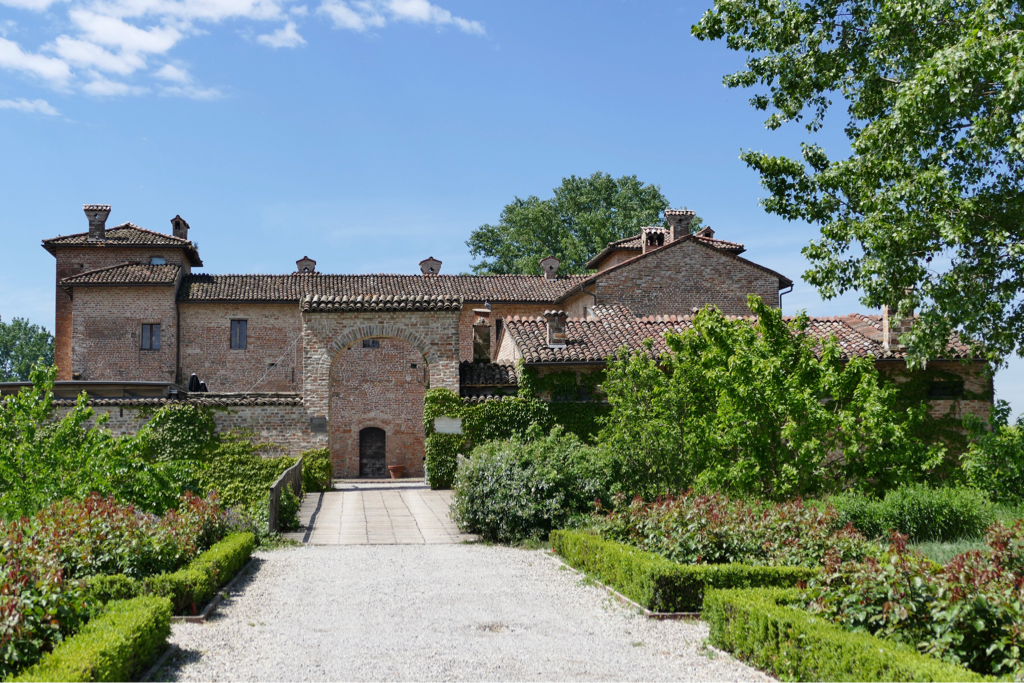
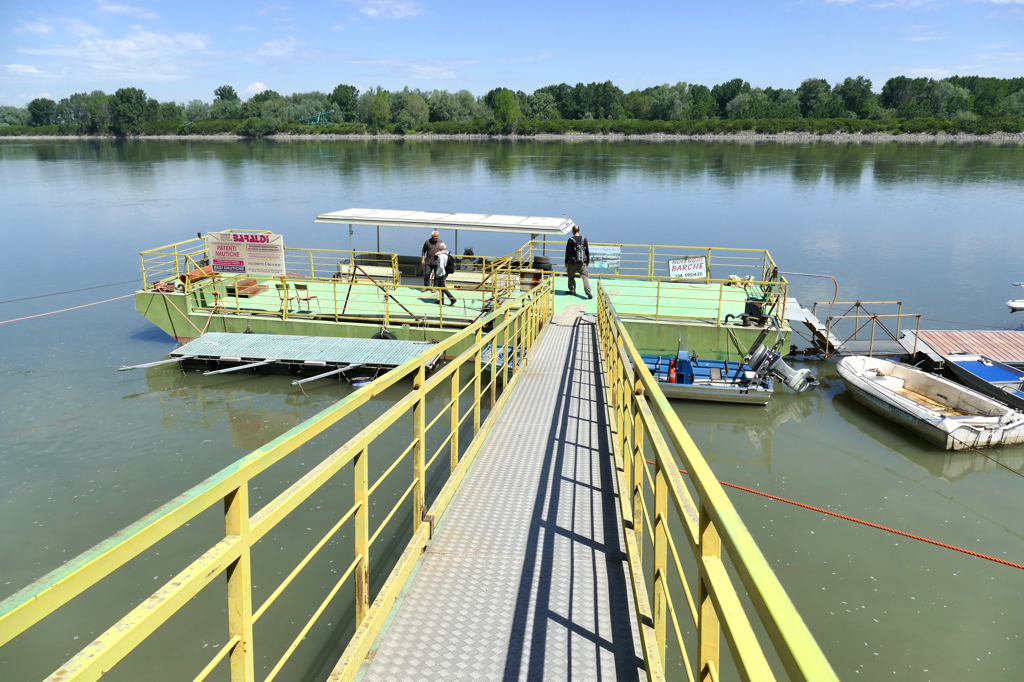
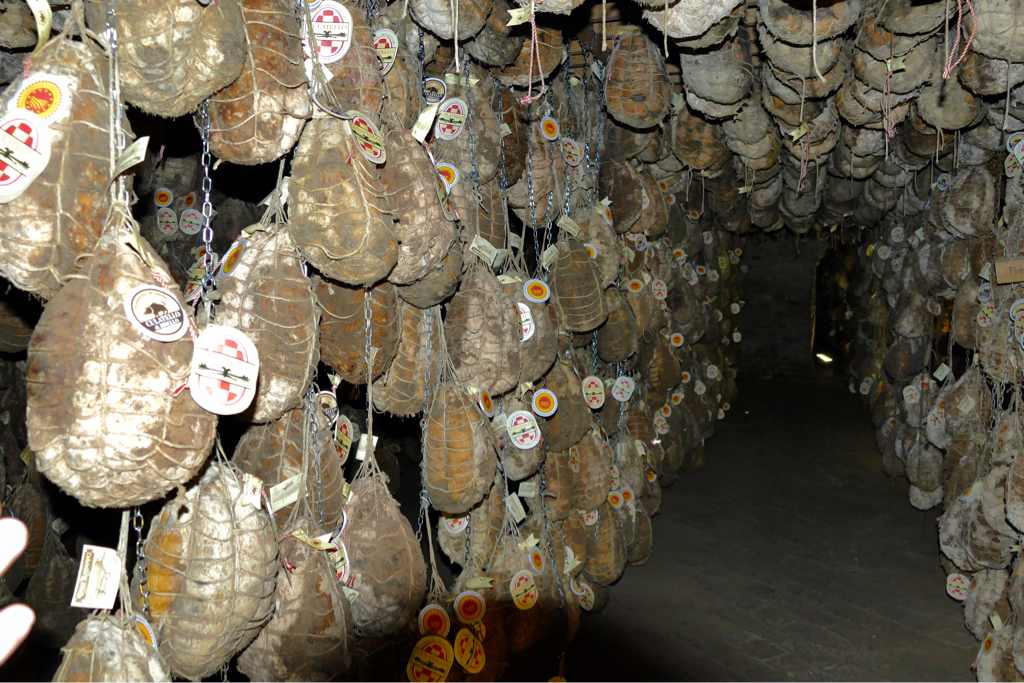
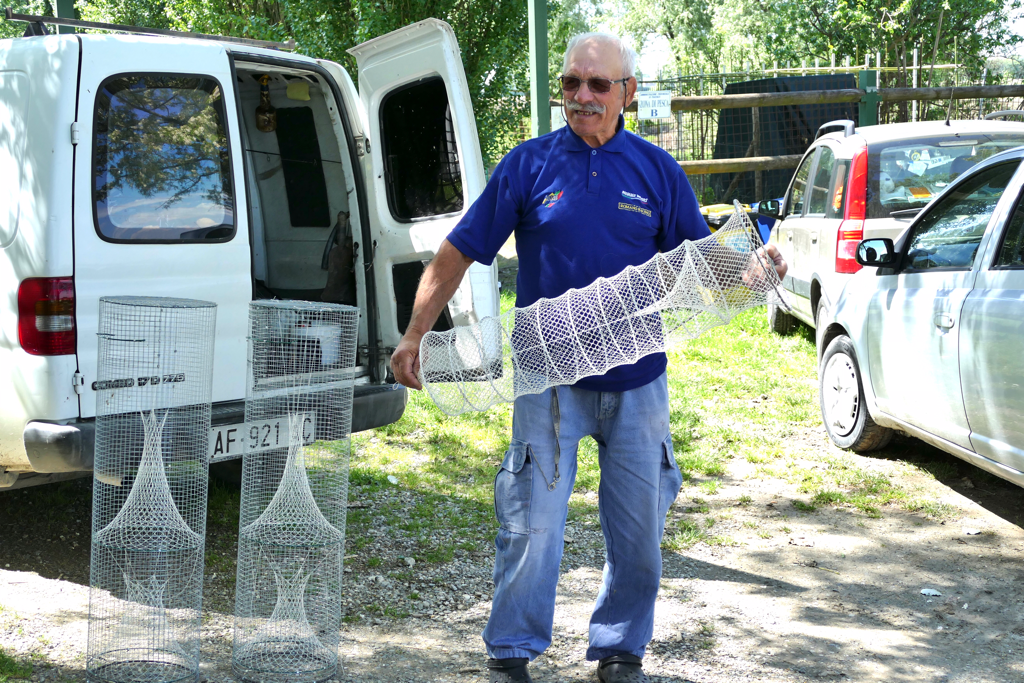
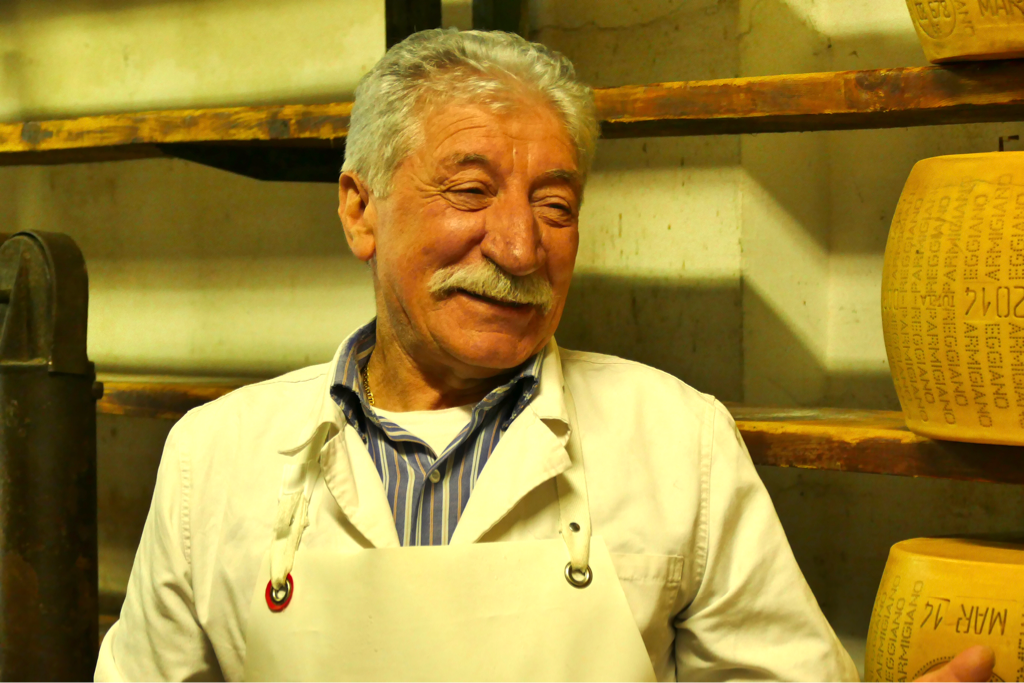
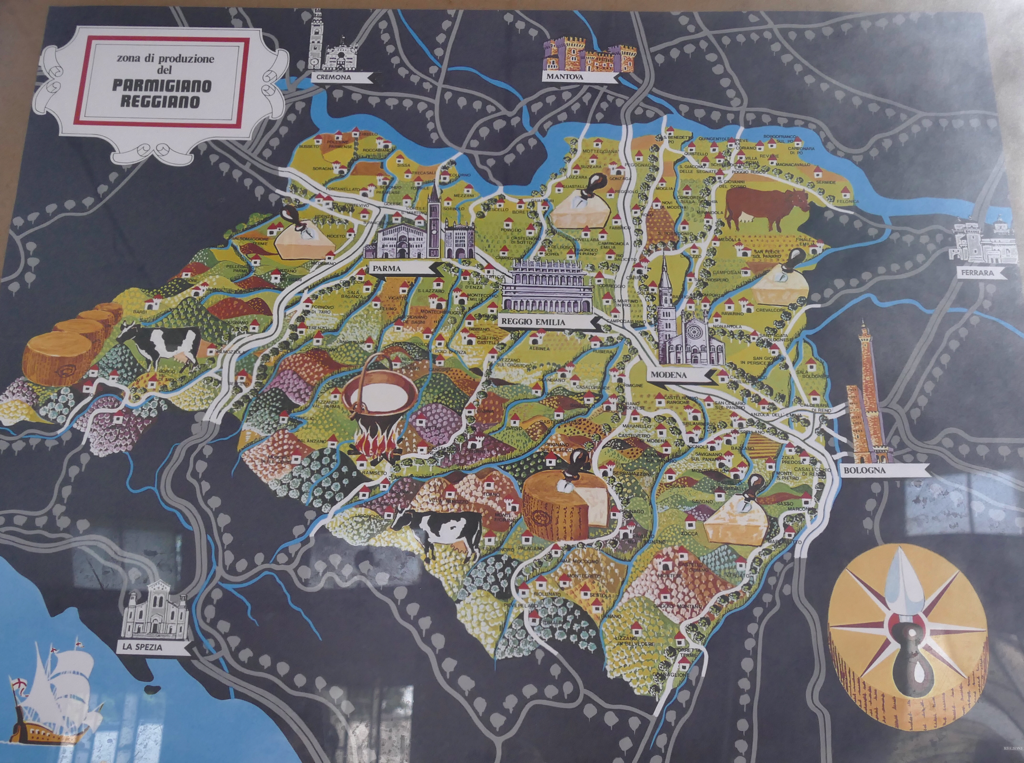
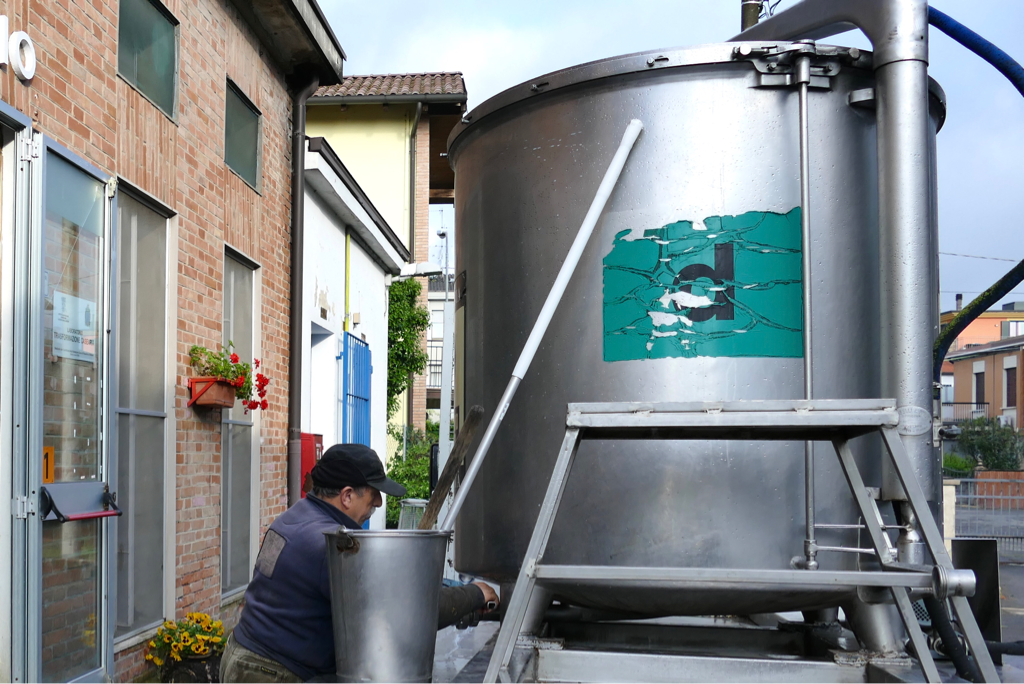
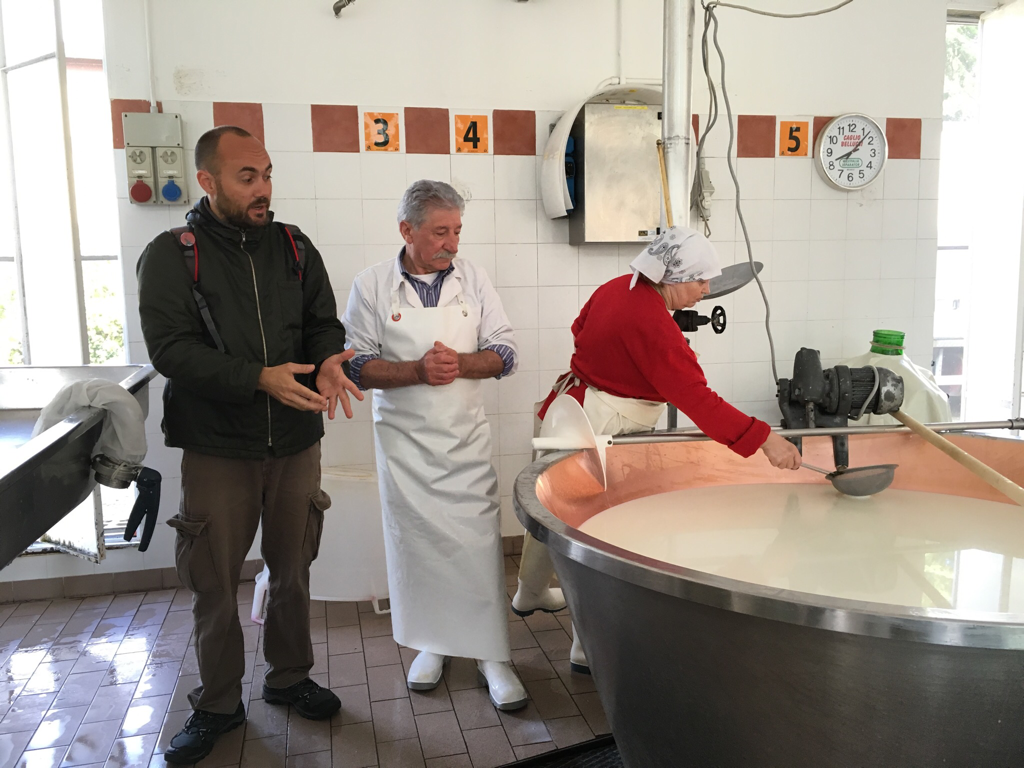
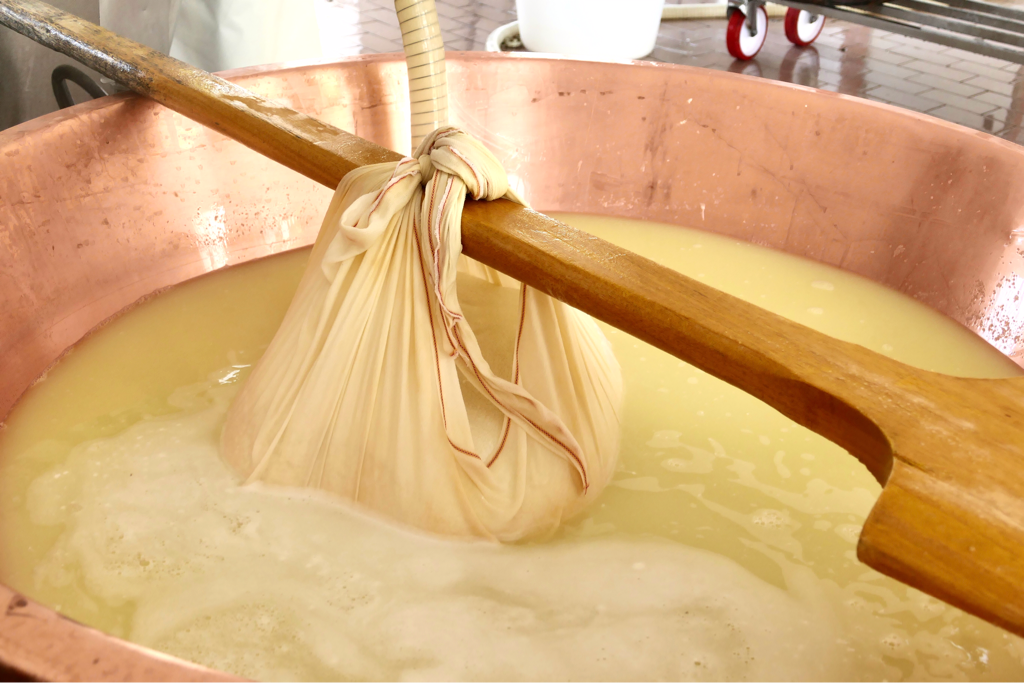
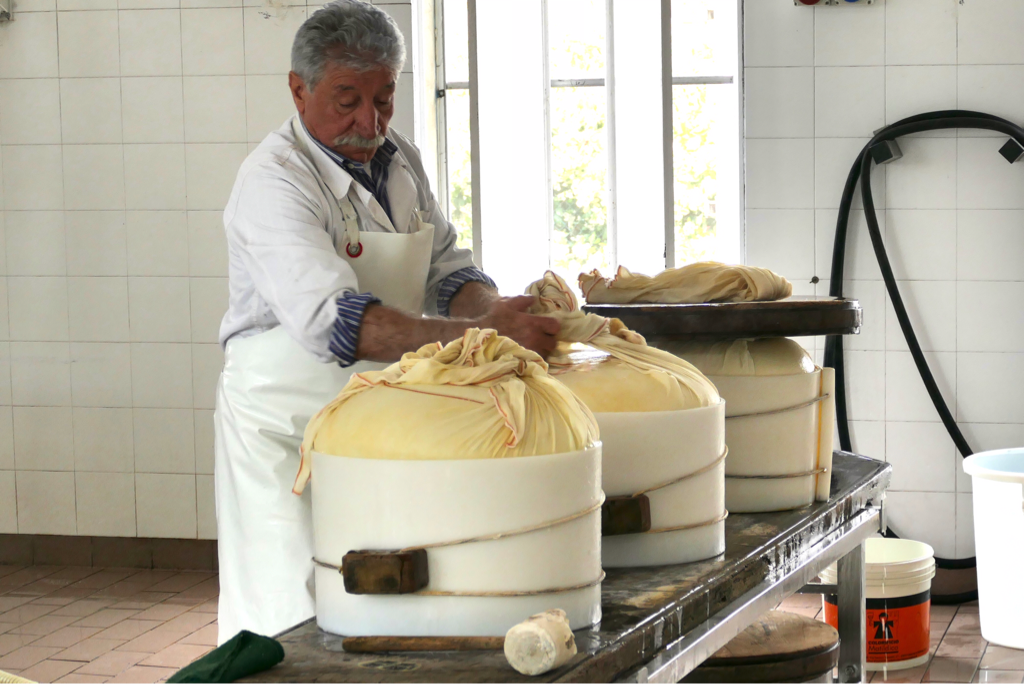
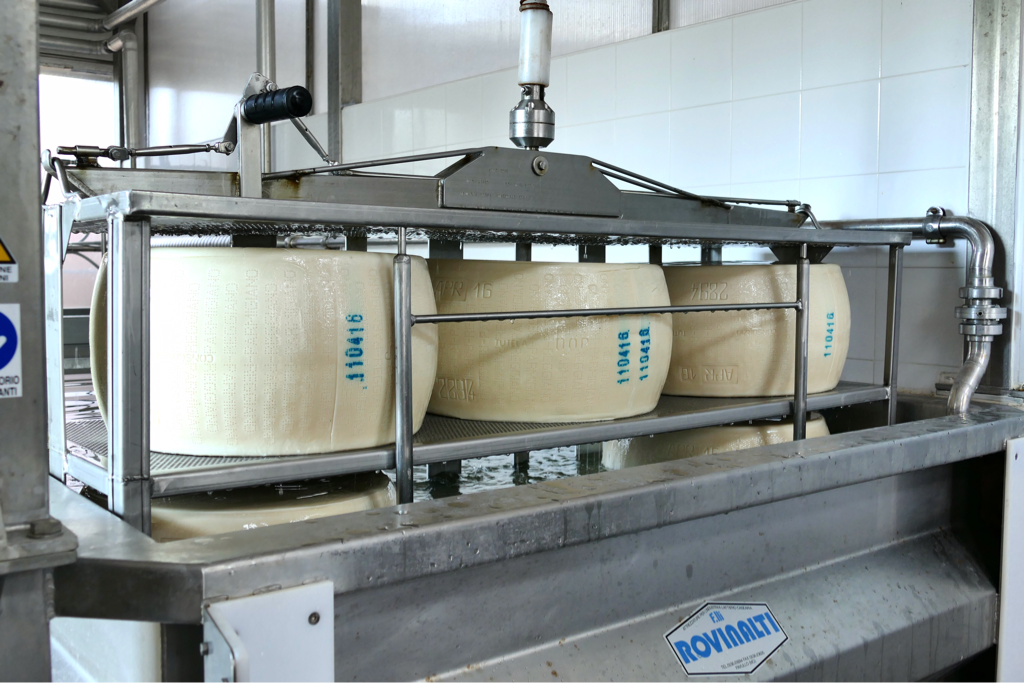
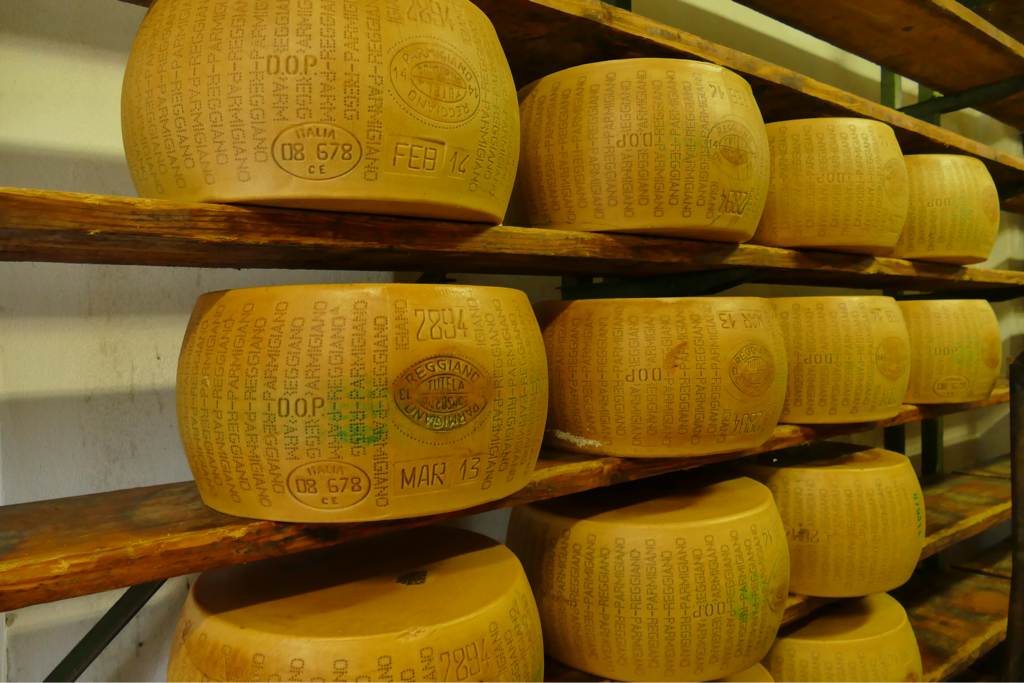
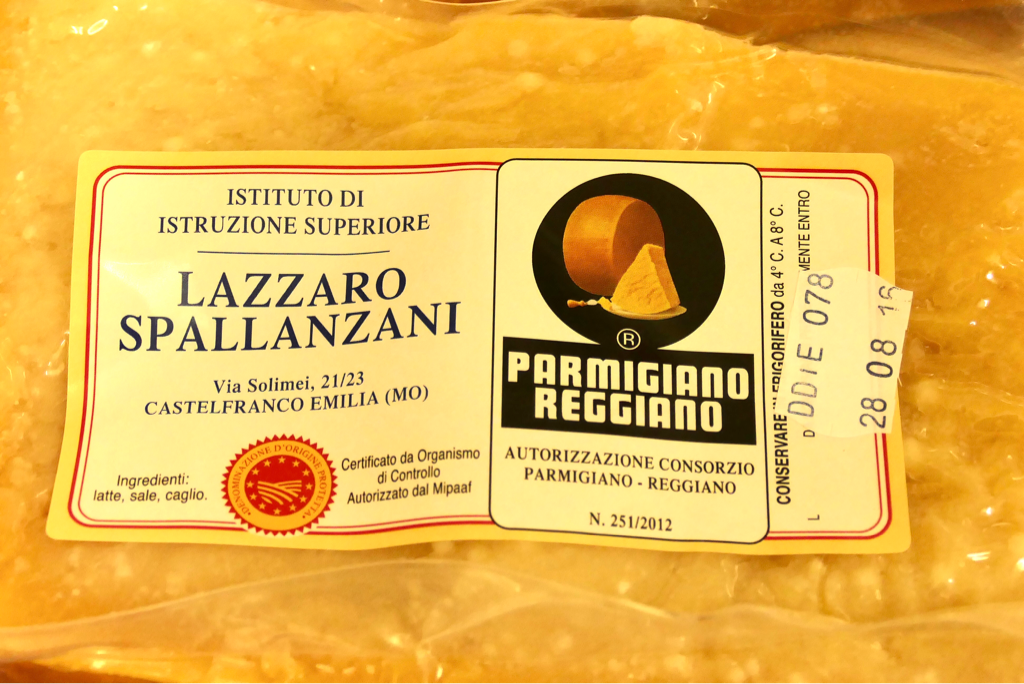
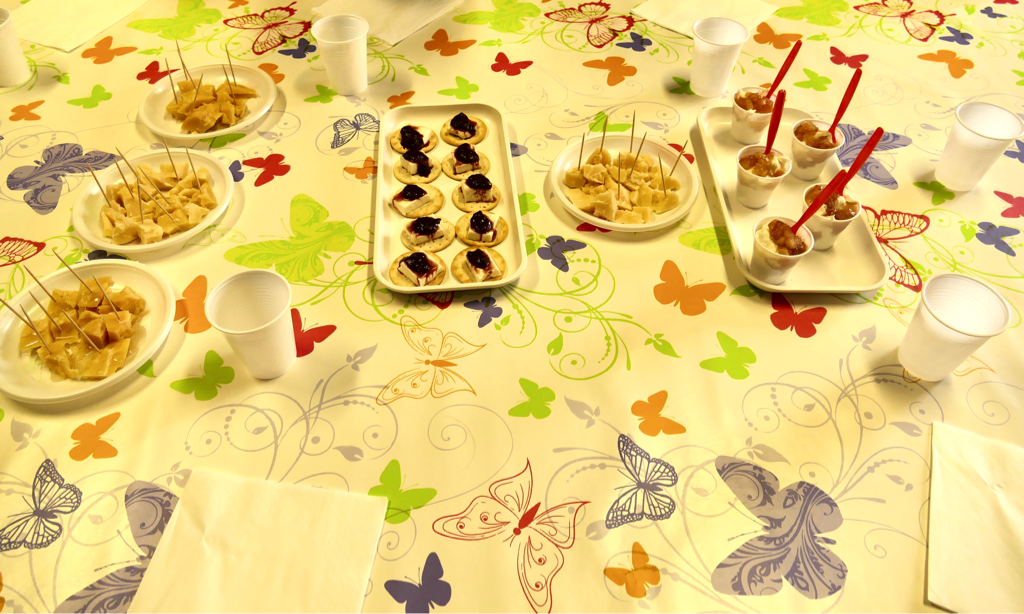
 RSS Feed
RSS Feed